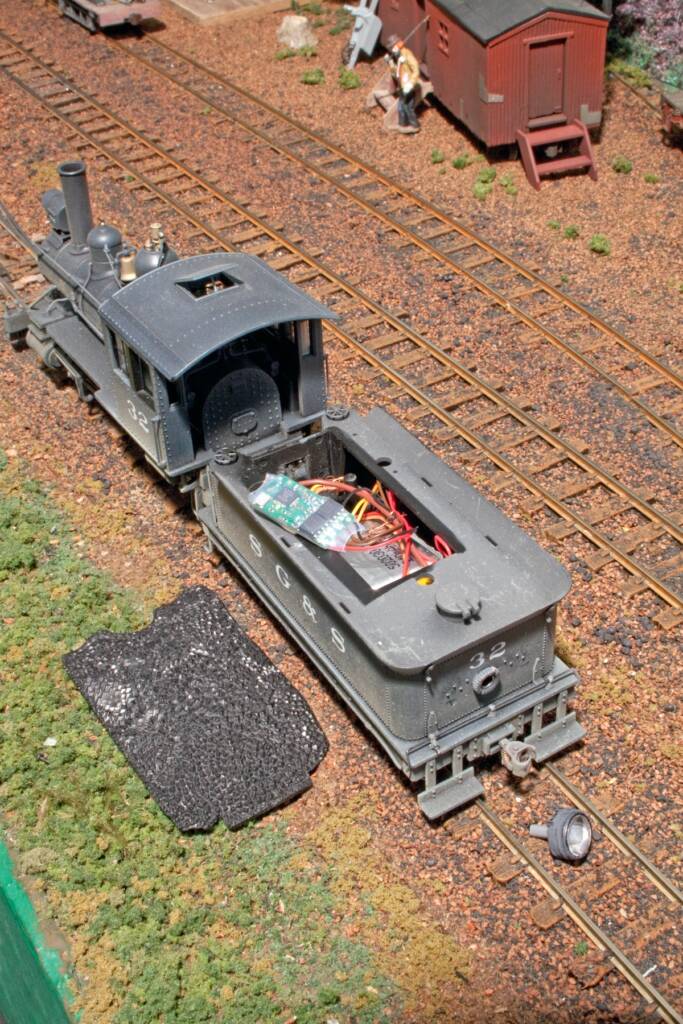
“Dead Rail” or “Power on Board” — no matter what you call it, the concept is the same: a model locomotive that carries its own power source. This eliminates the need for alternating or direct current track power, along with multiple headaches such as short circuiting, dead frogs, and dirty rails. Rechargeable batteries have become […]
Read More…

If we are fortunate enough to have good genes, avoid fatal accidents, and escape catastrophic illness, it will come to all of us: old age. Model railroaders with huge layouts face a unique set of problems as the years pass by. There are several signs that may tell you it’s time to downsize: Half of […]
Read More…

Painting is one of my favorite aspects of the hobby, though I guess that shouldn’t come as a big surprise. My father and grandfather were auto body repairmen, so painting (albeit on vehicles, not model trains) has been a part of my life from an early age. I started airbrushing model trains in my early […]
Read More…
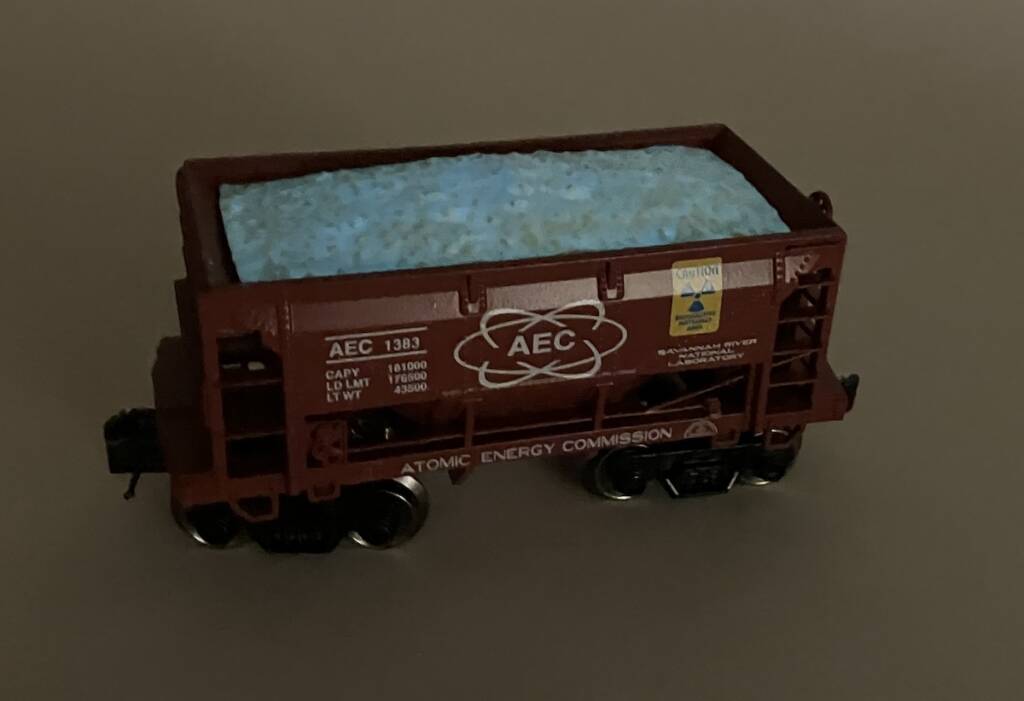
Recently, CTT received a box of rolling stock review samples from Ready Made Toys (RMT). Though, there was something about the ore car that caught my attention. The color of the simulated ore reminded me of the glow-in-the-dark acrylic paint you can purchase in craft stores. Wouldn’t it be neat to have a string of […]
Read More…
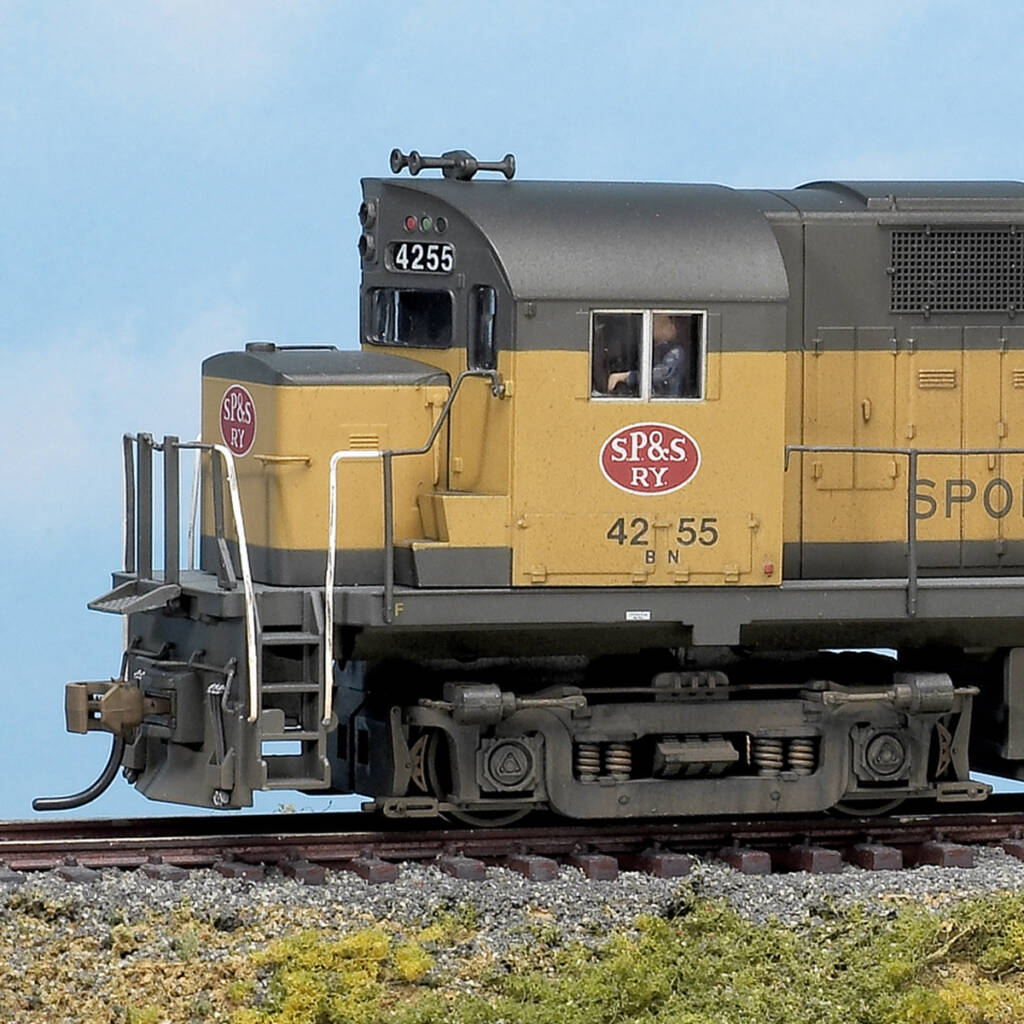
The Burlington Northern RR began operations in March 1970, the product of a merger between the Chicago, Burlington & Quincy; Great Northern; Northern Pacific; and Spokane, Portland & Seattle. It was also the railroad I grew up with in Crookston, Minn., my hometown in northwest Minnesota. For many years, I’ve been researching the early years […]
Read More…
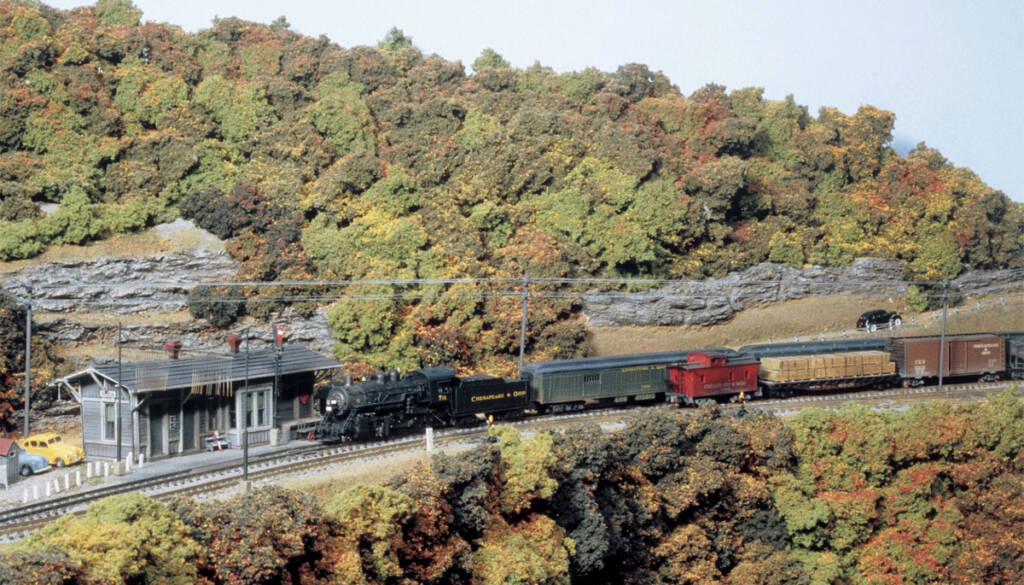
When I first started work on my layout, I built wood and plastic structure kits. I quickly grew frustrated with these buildings as few of them represented those found in Appalachia and along the Chesapeake & Ohio. Considering the lack of accurate building available on the marktet, I began scratchbuilding my own structures from wood […]
Read More…
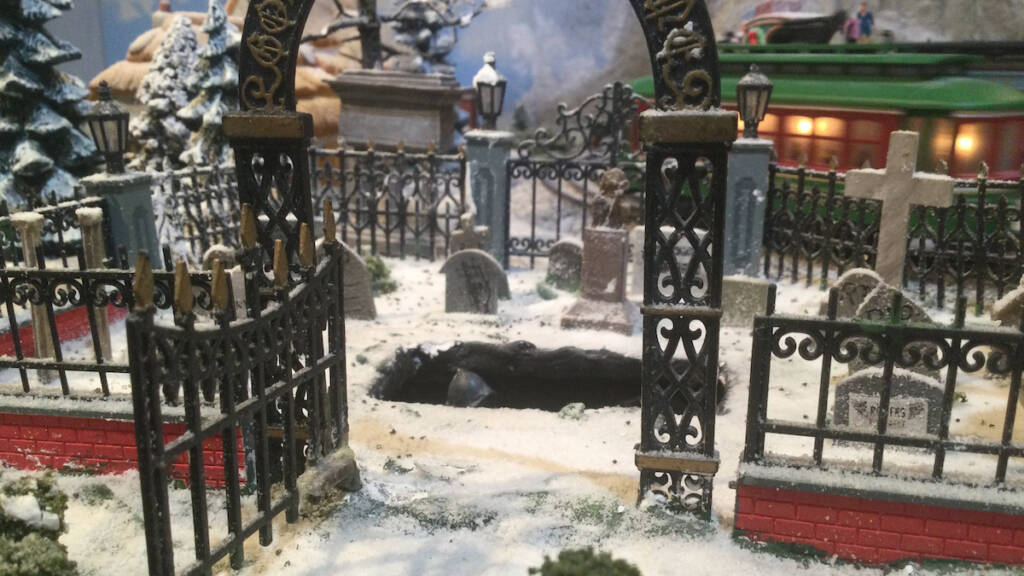
I enjoy animating scenes on my O gauge layout, and have come across a great way to get slower, more-precise realistic action: using servos. A servomotor, or servo, is a small, inexpensive device that provides control over the position, speed, and acceleration of a mechanical system. The device is readily available, easy to program, and […]
Read More…

My son was quite proud of the Lionel FT diesel (No. 2334110) he purchased for me as a birthday gift. Unfortunately, the newer locomotive is LionChief, which needs a constant 18 volts of DC (Direct Current), with the center rail being positive. My layout was exclusively AC (Alternating Current). Here’s what I did to be […]
Read More…
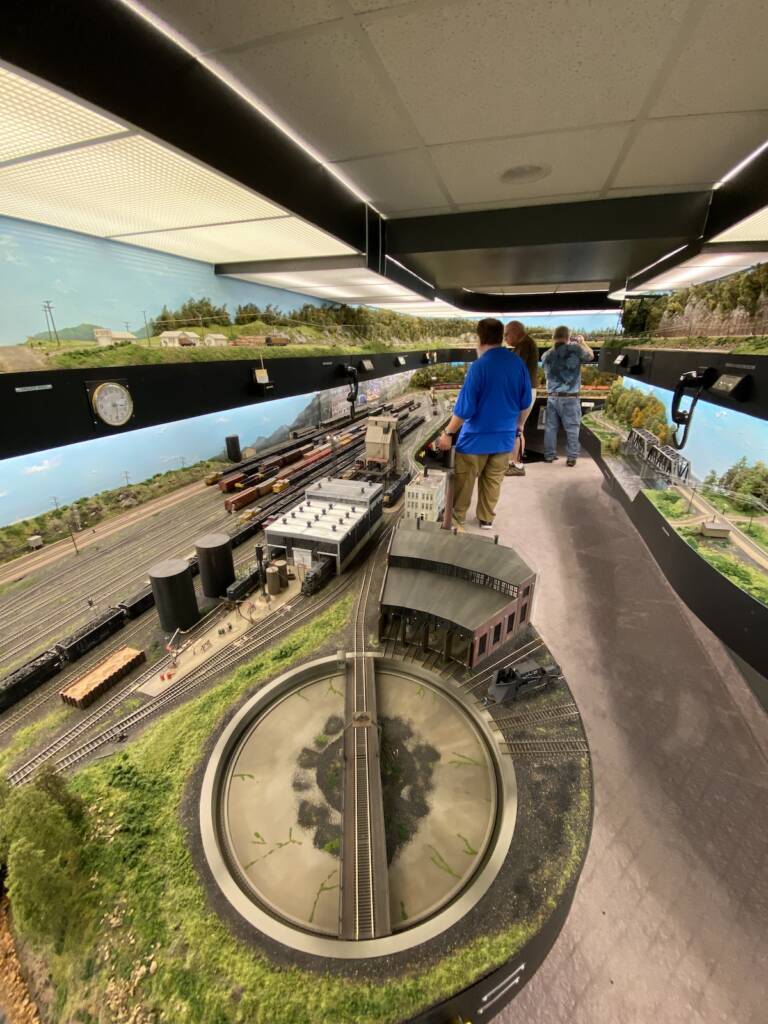
Open houses, whether at model railroad clubs or private home layouts, offer fantastic opportunities to connect with fellow modelers and share the hobby. It’s also a joy to see what makes a layout tick and how one differs from another. While hosting an open house requires careful planning — as Arlan Tietel thoroughly explains in […]
Read More…
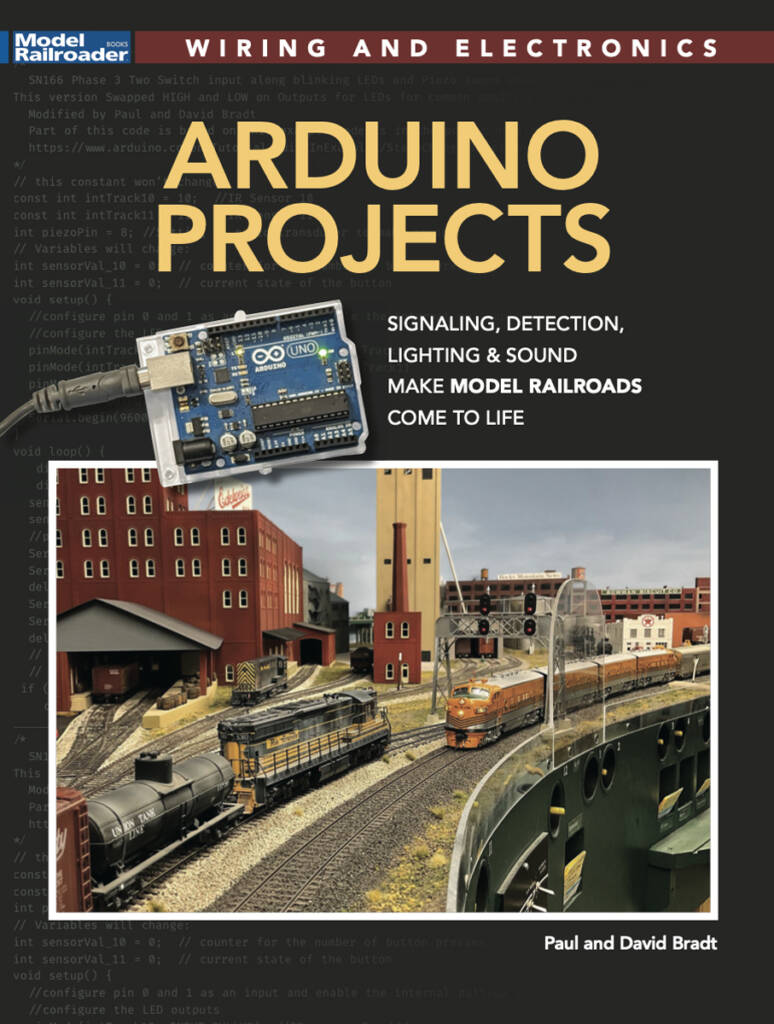
Paul and David Bradt’s Ardiono Projects offers multiple ways to use Arduino and Raspberry Pi microcontrollers for your model railroading projects. Buy the book here. Code for Button/Blink Test (SN095) – Chapter 1, page 11 This code is basic but allows the reader to gain insight into key elements for several other projects in this […]
Read More…
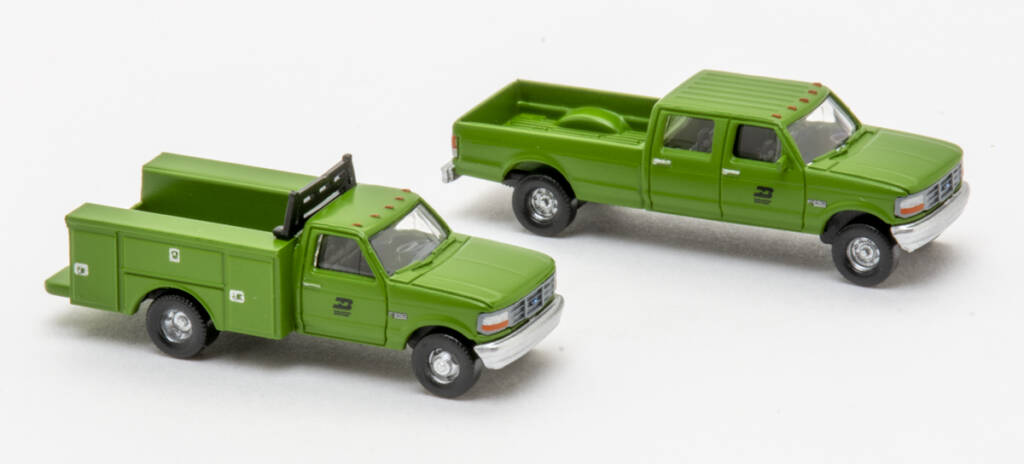
Q: I would like to feature modern automobiles on my currently under construction layout. Is there a manufacturer that makes vehicles from the late 1990s to modern day? If not, is there any way to make them? — Jake, via email A: You didn’t specify your modeling scale, Jake, but there are multiple sources for […]
Read More…
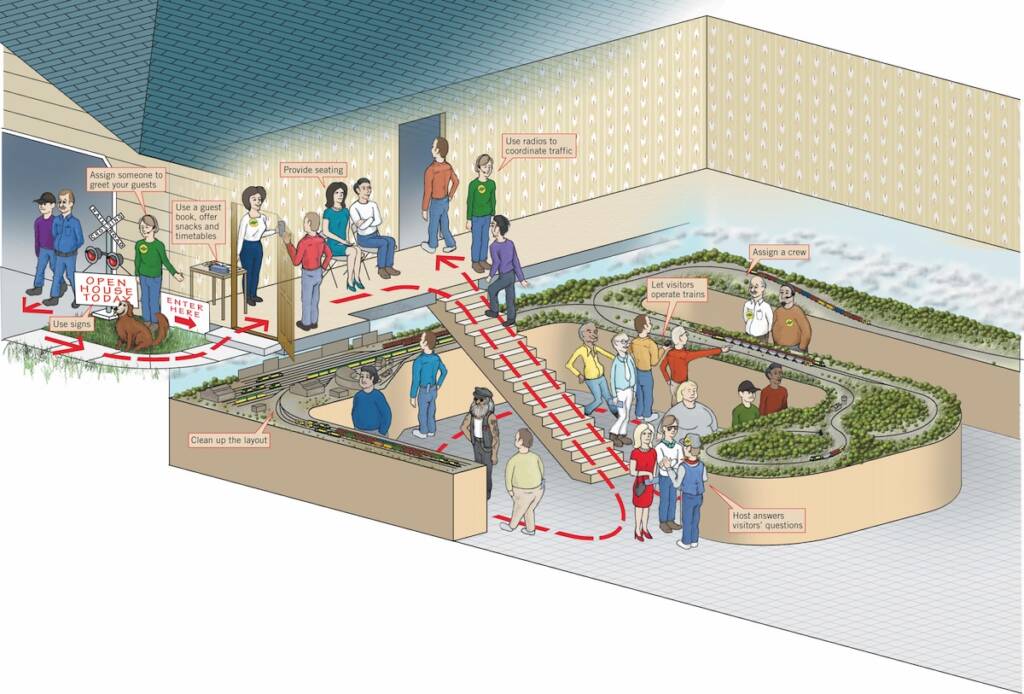
This article was originally published in the November 2002 issue of Model Railroader. Hosting an open house is a great way for model railroaders to share the hobby with others. But coordinating one that people will never forget requires not only good planning, but practice. In the past two decades, I’ve hosted several open houses, […]
Read More…












